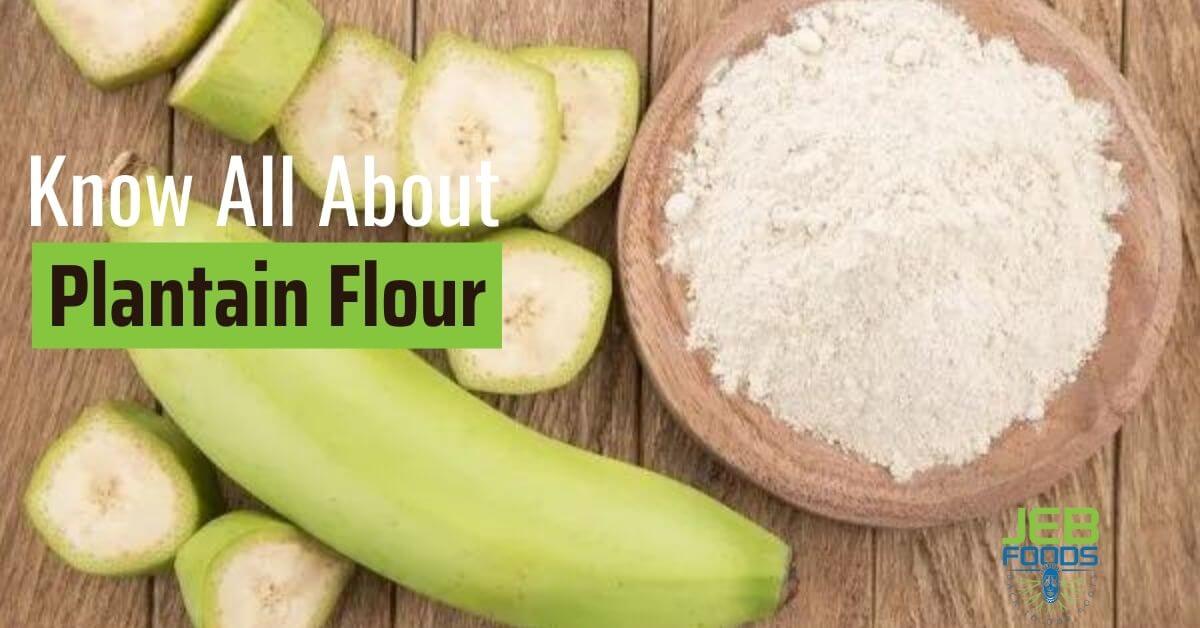Many people mostly ask questions about snails because of their uniqueness, and I am also on this table.
I have studied snails extensively for the past 6 years, and I am happy to answer seven of the most asked questions about snails.
Check out the most beautiful snails in the world
How Long Can A Snail Sleep
Table of Contents
ToggleTo protect themselves from the dry, hot weather, the snails will secrete mucus over their bodies during this time.
Certain land snails can hibernate or estivate for up to three years. Yes, it is correct! Although an extended nap may appear appealing at first, it is the result of less-than-ideal circumstances.
Snails require moisture to survive, so they can sleep for up to three years if the weather is unfavorable.
Depending on their location, snails can enter hibernation (which occurs in the winter) or estivation, known as summer sleep, allowing them to escape hot climates.
When the weather is just right, snails have a reasonably regular sleeping schedule.
Snails, unlike humans, do not follow the rules of night and day. Snails will generally sleep on and off for 13 to 15 hours at a time. After that, they get a sudden burst of energy that lasts for the next 30 hours.
Examine the shell to determine whether the snail is sleeping or dead. If the snail’s body is no longer inside the cell or hangs out of the shell and does not move, the snail has likely died.
The snail is dead if it does not respond to you picking up the shell and falling out.
Here is the major differences between slugs and snails
What Do Snails Eat
Snails have evolved to eat almost anything; most terrestrial snails are herbivorous, but some are omnivorous and even carnivorous.
Each species has different eating habits based on its size, age, habitat, and nutritional needs. You will most likely find snails in your garden because it provides them with plenty of fresh plants and leaves to eat.
Snails must consume calcium-rich foods to keep their shells hard. When looking for food, they rely on their acute sense of smell.
Plants & Fruits
When given the option, they transform into true gourmets. Cucumbers, tomatoes, and wilting lettuce leaves, for example, are at the top of their list of favorite foods.
What they eat is determined by where they live and the type of snail they are. Plants, fruits, vegetables, and algae are examples of conventional foods.
Plants that are dying are frequently a good meal for them, and they also eat sand or soil in search of calcium to build a thicker shell.
Herbivorous snails consume many live plant parts, including leaves, stems, plant crops, bark, and fruits.
Many consume fungi and mushrooms, and others may add algae occasionally, although these are essential foods for freshwater snails.
Some snail species enjoy dead plants, as well as dead animals or organic matter in general. These creatures are known as detritivores because they eat debris or solid residues that remain in the soil.
Eat Small Animal Flesh
Carnivorous snails eat various small animals; this is the case with the Powelliphanta species, which live in New Zealand and feed on other gastropod mollusks such as slugs and earthworms, among other terrestrial animals.
On the other hand, omnivores can consume both plants and animals, but they usually prefer other terrestrial animals, making them predators.
Rumina decollata, for example, can consume other conch species, slugs, annelids such as worms, and, to a lesser extent, plants.
They are nocturnal, which means they hunt for food at night or very early in the morning. When winter approaches, they consume more food than usual to build up fat reserves to live on while hibernating.
See what will happen when you eat a snail.
Can You Eat Raw Snails
It is not advisable to consume a raw, live, or undercooked snail. In some parts of the world, you can pick up some nasty parasites (the most well-known of which is rat lungworm), as well as more mundane forms of food poisoning such as salmonella.
People can become infected in rare cases if they eat a raw snail that contains lungworm larvae or if they eat unwashed lettuce or other raw leafy vegetables contaminated by the slime of infected snails.
As a bet, I’ve heard of people swallowing live slugs. Please don’t do this!
Though you will not find the lungworm parasite in all snails, however, suppose you live in an area where cases of lungworm in dogs have been reported and suspect your dog has eaten a slug or snail. In that case, you should contact your veterinarian immediately.
Most land snails are edible, but some are too small to be worth preparing and cooking. The palatability of the flesh varies between edible species. Helix pomatia is the most commonly eaten species in France and the giant African snail in west Africa.
Snails are typically fed a sterile diet before being cooked for commercial purposes.
These infections can be prevented if you thoroughly cook snails before eating them. It is also not advisable to consume raw snails as the slime will be too gross to ingest, and you may be handling one with a harmful parasite aside from lungworm.
Cooked, fried, skewered, stewed, baked, or grilled is the way to go with your snails! Either way, the crunchiness and earthy flavor will leave you reminiscing and coming back for more!
Keep in mind that billions of cooked snails are consumed each year with little consequence.
See what will happen when you eat a snail.

How Do Freshwater Snails Kill Humans
One of the Most Asked Questions About Snail is to know if it is edible and which types of snails are harmful.
The freshwater snail carries parasitic worms that infect humans with schistosomiasis, which causes severe abdominal pain and blood in the stool or urine, depending on the area affected.
Freshwater snails may appear to be relatively harmless. However, they harbor a specific type of worm, which, when released into bodies of water. When you bathe or wash your clothes in water, their larvae can penetrate your skin by degrading proteins.
They will, however, leave you with a terrible illness known as bilharzia or schistosomiasis. Many freshwater snail species serve as intermediate hosts for these highly infective parasitic flatworms.
In 74 countries, more than 207 million people are currently infected. Every year, up to 200 thousand people die from the disease, primarily from kidney failure and haematemesis (vomiting blood).
Can Edible snail cause illnesses? Find out all about snails and possible illnesses
Schistosomiasis
Schistosomiasis was declared endemic in 74 tropical countries in 1996, with an estimated 200 million infected people living in rural and agricultural areas.
The parasite’s larvae, which freshwater snails release, penetrate human skin and travel to the liver via the bloodstream.
After feeding on the person’s blood, the parasites mature and move through the blood vessels to other body parts, such as the bladder and intestines.
They can lay hundreds of eggs per day throughout their lives, which can last decades. Some of the eggs, excreted in urine or feces, where they hatch and infect additional snails.
The leading cause of the disease is the body’s immune response to the eggs that remain in the body.
The immune response is the body’s natural defense mechanism against foreign invaders, and it usually results in temporary inflammation of the affected tissues.
However, the disease causes ongoing inflammation, which damages the affected organs and exacerbates the problem.
Schistosomiasis can cause death by affecting various organs such as the liver, spleen, intestine, and kidneys. One Schistosoma species can also cause bladder cancer.
Symptoms of Schistosomiasis
Among the symptoms are:
- Itching and rash at the injection site at first (“swimmer’s itch”)
- Urine that is frequent, painful, or bloody
- Pain in the abdomen and bloody diarrhea
- Anemia
- Fever, chills, and muscle aches are all symptoms of the flu.
- Bladder inflammation and scarring
- Enlargement of lymph nodes
- Inflammation of the liver or spleen
In cases of colon damage, secondary blood disorders can occur.
If the infection persists, bladder cancer may develop in some cases.
Children who are infected repeatedly may develop anemia, malnutrition, and learning disabilities.
Schistosomiasis is common in areas where snail intermediate hosts breed in waters contaminated by infected people’s feces or urine. People act as vectors by polluting the environment.
Schistosomiasis is contracted through repeated contact with freshwater while fishing, farming, swimming, washing, and bathing.
Because humans harbor the sexual stages of the parasites and snails harbor the asexual stages, snails are considered intermediate hosts. A snail can lay up to 1000 eggs in its lifetime, lasting up to a year.
Freshwater snails are also intermediate hosts for foodborne fluke infections that affect humans or animals’ livers, lungs, and intestines.

How Can One Tell Snail Gender Apart
Waiting for your snails to mate is a simple way to determine snail gender. The male is usually the smaller of the two who crawls up on top.
The majority of land snails, or pulmonates, are hermaphrodites. Prosobranch snails that live on land and many water snails can be either male or female.
Hermaphrodites include the apple snail and the tiny New Zealand mud snail. If your snail is dioecious, determining its sex will require some time and careful observation.
- Remove the snail from its habitat by gently holding it between your thumb and forefinger.
- For one to ten minutes, keep the snail on its back with its belly facing the sky.
- Keep an eye out for the snail’s foot, a wide, flat membrane that it will extend in an attempt to right itself.
- Examine the right mantle cavity attached to the shell’s inside over the head and neck, with the magnifying glass as the foot extends.
- Keep an eye out for the snail’s penis sheath, which is relatively large. It will look like the front of a pouch. If there isn’t one, the snail is female.
- Practice observing various snails improve your gender recognition abilities. It might take a few tries to tell the difference.
If you can’t get the snail to extend its foot after 10 minutes, give it a rest and return it to its habitat. Holding it for an extended period can be harmful to the snail.
How Do Snails Poop
Snails poop and they poop a lot at times. Because land snails reabsorb most of the moisture in their bodies, they do not urinate separately from solid waste.
The process is unusual by our standards because the snail’s anus is inside their shell, opening up into a cavity right beside their mantle, which also houses the lung! As a result, snails expel their poop through the breathing pore.
Depending on what the snail has eaten, it is usually a string of green or brown matter. If you only feed it carrots, its poop will be orange.
They can poop while resting because the breathing pore in the shell’s mouth faces outwards when they are withdrawn.
It comes out of their shells partially, but not entirely and stay attached and only move forward far enough to clear their anus.
Snails poop inside their shells and gradually release them closer to their faces, giving the impression that they are pooping from their heads.
Their poop is small and stringy, and it appears even smaller after it has dried thoroughly. Food intake heavily influences the color of the poop.
When snails get into your garden, you will find their poop on plant leaves or in the mud. A snail has recently been in your garden if you see several dried, C-shaped things lying around.
How Many Types Of Snails Are There
This is one of the Most Asked Questions About Snail. There are between 85,000 and 150,000 mollusks, with gastropods accounting for 80-85 percent of the total. As a result, there are over 60,000 species of them in the world.
An estimated 43.000 species of snails, accounting for approximately 78 percent of all mollusks that do not live solely on land, are only a few of the most numerous and diverse groups of mollusks. The land snail is the most well-known type (also called terrestrial snail).
Snails are almost anywhere on the planet. When it comes to the number of named species, Gastropods are second only to insects.
As a result, they can be found in various locations, inhabiting a wide range of habitats and even having different feeding habits.
Snails have a wide range of habitats on Earth. You’ve probably discovered tiny snails under a stone, as well as climbing a plant’s stem or leaf.
They can live in both natural and human-populated environments, such as public parks and gardens.
Here is an edible dried-freeze Giant African Land snail sold on Amazon




